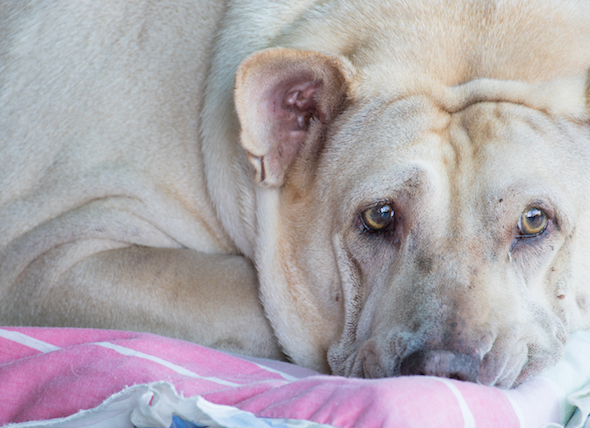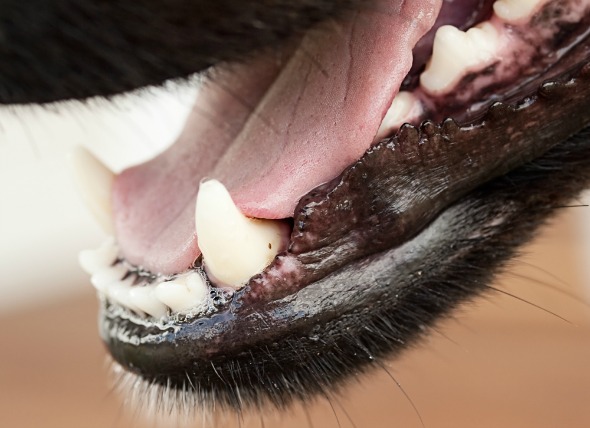
Metabolic anemia in dogs occurs as the result of any underlying disease related to the kidney, liver, or spleen by which the shape of red blood cells (RBCs) is changed. Normally, red blood cells (RBCs) in dogs are of biconcave discoid shape, but in metabolic anemia, this shape is lost and they become abnormally elongated and blunt, with finger-like projections called spicules coming out of the surface of the RBCs. These abnormalities render RBCs non-functional, and left untreated, can lead to anemia in affected dogs.
There are no specific symptoms related to metabolic anemia in dogs. However, the symptoms related to disease of kidney, liver, or spleen responsible for metabolic anemia may be present.
You will need to give a thorough history of your dog's health and onset of symptoms Your veterinarian will perform a thorough physical examination on your dog, including laboratory tests. A complete blood profile, biochemistry profile, complete blood count and urinalysis will be performed. The results of all these tests will provide valuable information for the diagnosis of this disease. These tests will also provide important clues for diagnosing the underlying disease of the kidney, liver, or spleen, which may be responsible for the metabolic anemia. X-ray imaging and ultrasound will expand your veterinarian's ability to evaluate the liver, kidney, and spleen structures.
There is no specific treatment for metabolic anemia. Once the underlying disease has been diagnosed, your veterinarian will begin the appropriate treatment. Treating the underlying disease usually resolves the abnormality.
You will need to revisit your veterinarian for progress checks. At each visit certain laboratory tests may need to be repeated in order to follow the current status of the disease and your dog's level of improvement. Follow your veterinarian's guidelines regarding your dog's medication, nutrition, and management during the recovery period.
 Retained Baby Teeth in Dogs
Retained Deciduous Teeth in Dogs
A retained or pe
Retained Baby Teeth in Dogs
Retained Deciduous Teeth in Dogs
A retained or pe
 Mast Cell Tumor (Mastocytoma) in Dogs
Connective Tissue Tumors in Dogs
Mast cell
Mast Cell Tumor (Mastocytoma) in Dogs
Connective Tissue Tumors in Dogs
Mast cell
 Pus Cavity Forming Under Tooth in Dogs
Tooth Root (Apical) Abcess in Dogs
Similar to hum
Pus Cavity Forming Under Tooth in Dogs
Tooth Root (Apical) Abcess in Dogs
Similar to hum
 Enlargement of Esophagus in Dogs
Megaesophagus in Dogs
Megaesophagus is a generali
Enlargement of Esophagus in Dogs
Megaesophagus in Dogs
Megaesophagus is a generali
 Brain Inflammation Due to Parasitic Infection in Dogs
Encephalitis Secondary to Parasitic Migration in Dogs
&n
Brain Inflammation Due to Parasitic Infection in Dogs
Encephalitis Secondary to Parasitic Migration in Dogs
&n
Copyright © 2005-2016 Pet Information All Rights Reserved
Contact us: www162date@outlook.com